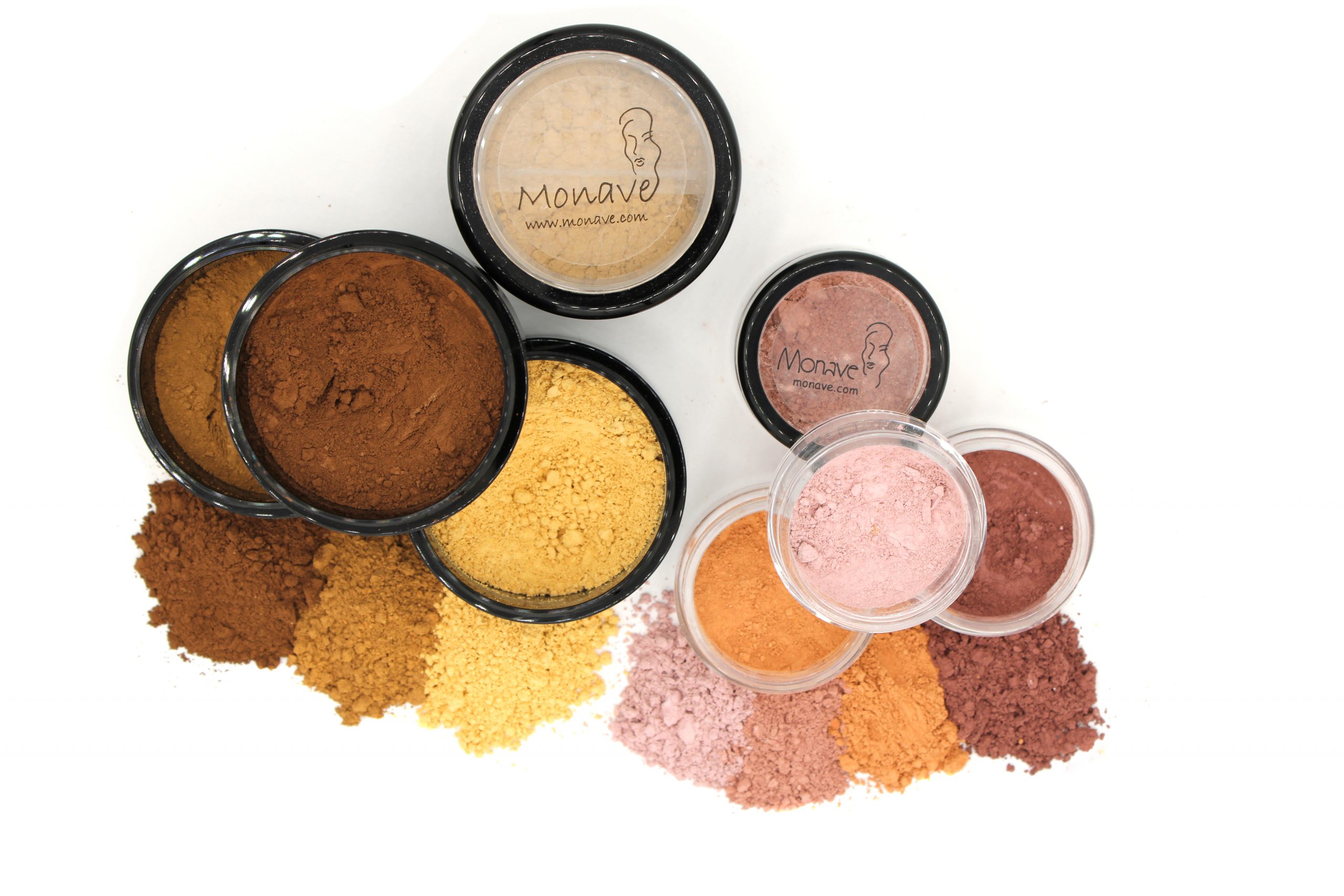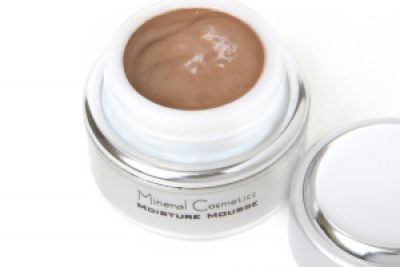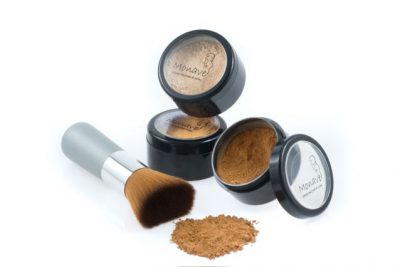The seasons are changing. Leaves are falling, as temperatures fall in the evenings, and our quotient of sunshine decreases with each passing day. The air is becoming drier as well, and many women are experiencing the tell-tale signs of low-level dehydration, inadequate moisture barriers on their skin, and a summer of too much sun.
So, what can you do to combat the flakes, lines, and overall less plumped appearance of your Autumn Skin?
Firstly, (you’ve heard this before, many times), examine your water intake. Do you carry a water bottle with you to work? If you work at home, do you have a water bottle next to you by your computer? If the answer is no, I’ll bet you’re water intake is quite low. Coffee, Tea, Juice, and Soda don’t count. They all have ingredients that actually may be hindering water absorption.
So, if the answer is no to the water bottle question, then make it a priority, at the TOP of your to-do list, to either purchase a good-quality water bottle, use a cheaper plastic one for now that you can refill, or use a to-go coffee cup.
Fill it at night before you go to bed if you like your water cold, and pop it in the fridge. About an hour after you wake up (assuming you drink coffee, tea, or juice for breakfast), sit it near you, whether at work, in the car on the way to work, or at home, and start taking swigs. Swig until it’s gone, prepare to use the restroom fairly soon afterward, and fill it up again, and pop it in the fridge. Then do that all over again. If you can manage to do that six times a day, you’ll find your skin to be softer, as well as other bonuses, such as proper elimination, which is very important to skin health. If you are filling your bottle from the tap, consider getting a good filter to prevent absorption of chlorine and other harmful chemicals.
Secondly, take a look at the ingredients in your cleanser and moisturizer. I know we speak about this until we’re blue in the face here at Monave, but harsh cleansers and inappropriate moisturizers are the main cause of early aging in women, as well as sun damage.
What to avoid in your cleansers: sodium laureth sulfate, sodium lauryl sulfate, ammonium lauryl sulfate, and ammonium laureth sulfate. Just imagine using dish soap on your wood furniture or fine leather goods. It would get dry and cracked and the same applies to your face. You are essentially, covered with skin, and liquid detergents of the traditional variety sold even in health food stores (watch out for green-washing), are excessively drying because they are designed to bond to and strip yoru skin of its own natural oils. Your skin needs some oil on it, and once you strip it of, it then reproduces it, causing a cycle of oily, dehydrated, flakey skin.
What is in a good quality, gentle cleanser? One option for a good cleanser would be handmade soap; either liquid or bar-soap, that has retained glycerin, (not to be confused with glycerin soap). Look for ingredients like palm oil, castor oil, coconut oil, olive oil and shea butter. If your skin can’t tolerate soap, then some simple effective options, are: water, an exfoliating cloth, oil cleansers (yes plant oils are fabulous cleansers), and clay cleansers.
- Oil Cleansers: At your local natural grocer, pick up a cold-pressed oil appropriate for your skin type: hazelnut for oily skin, almond for normal-dry, and avocado for dry skin. At night, rub a few drops of the oil into your skin, and then use a warm, wet washcloth to wash off the oil, which will carry the pollution and dirt away with it. A gentle rub with the washcloth will keep skin fresh and smooth-looking.
- Clay Cleansers: An easy mix is kaolin clay, and liquid honey, both of which can be found at a natural grocer. Take a teaspoon of clay in your palm, or a small dish, add a teaspoon of liquid honey (raw is best, but tends to be a bit hard for a skincare application), and blend. Tie back your hair, and rub this mixture over your face for a minute or so. Then rinse off with a warm wash-cloth.
- Creamy Cleansers: Your moisturizer can be your cleanser as well. Assuming that you are using a simple oil & water based cream or lotion, the oil in the product itself will dissolve any dirt or pollution on your skin. Simply follow the instructions above.
What to look for in a moisturizer: A good moisturizer is a simple formula of water, oil, and binders. The water could be hydrosols (the by-product of essential oil distillation), distilled or purified water. The oils should be appropriate for your skin type. Some common ones are coconut oil, almond oil, grapeseed oil, hazelnut oil (for oily skin) avocado oil, apricot kernel oil, etc.
The binder can be beeswax combined with xanthan or guar gum, or other options; vegan, but not quite as creamy, would be stearic acid, or palm stearic acid. Definitely avoid products posing as natural that use binders such as emulsifying wax. This is not a natural binder, but in fact, has many questionable components embedded in the formula.
In general, boutique lines have the highest quality ingredients and formulations, so it is wise to sample as much as possible and see how your skin feels. If it feels tight after you wash and moisturize, then look for something that has a creamier texture. Don’t be afraid that this will clog your pores. If you stick to plant ingredients, that is unlikely to happen. Oily skin is a by-product of either stripping you own natural oils, or overproduction of sebum due to dietary imbalances, such as hormone absorption through poultry, meats, and dairy.
Lastly, if you live in a dry climate, now is the time to consider putting a humidifier in your bedroom and most prominent living space. This is especially an issue if you have forced hot-air heat. Radiator, baseboard, and ambient heat are much healthier for your home environment, so consider that as you are looking at living spaces for rent or to purchase. Forced hot air heat can wreak havoc on your skin during the colder months, which can lead to a host of problems, including dry, cracked capillaries in the nose, leading to flu and cold symptoms.



